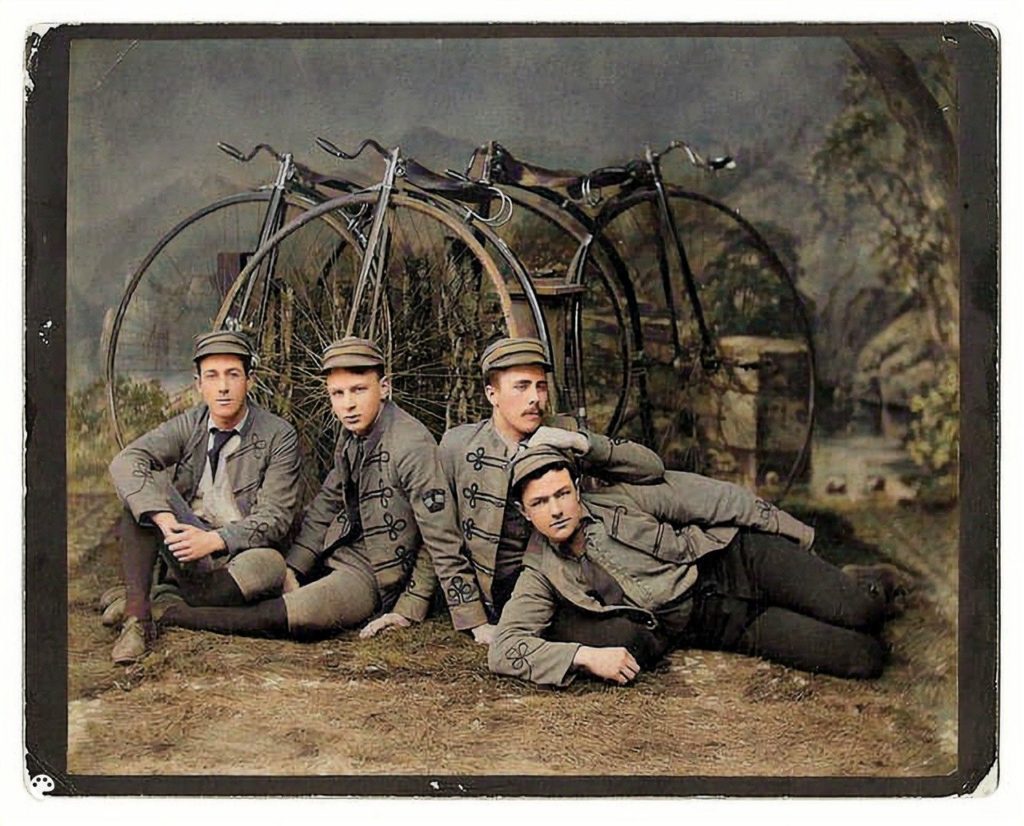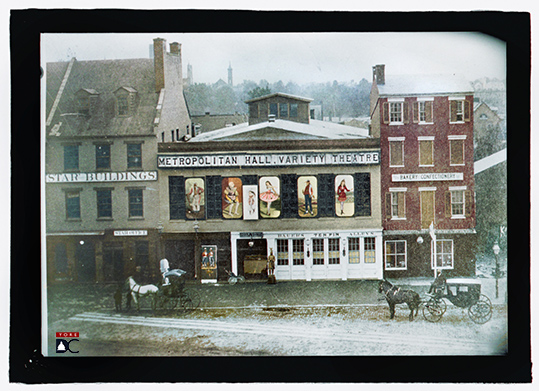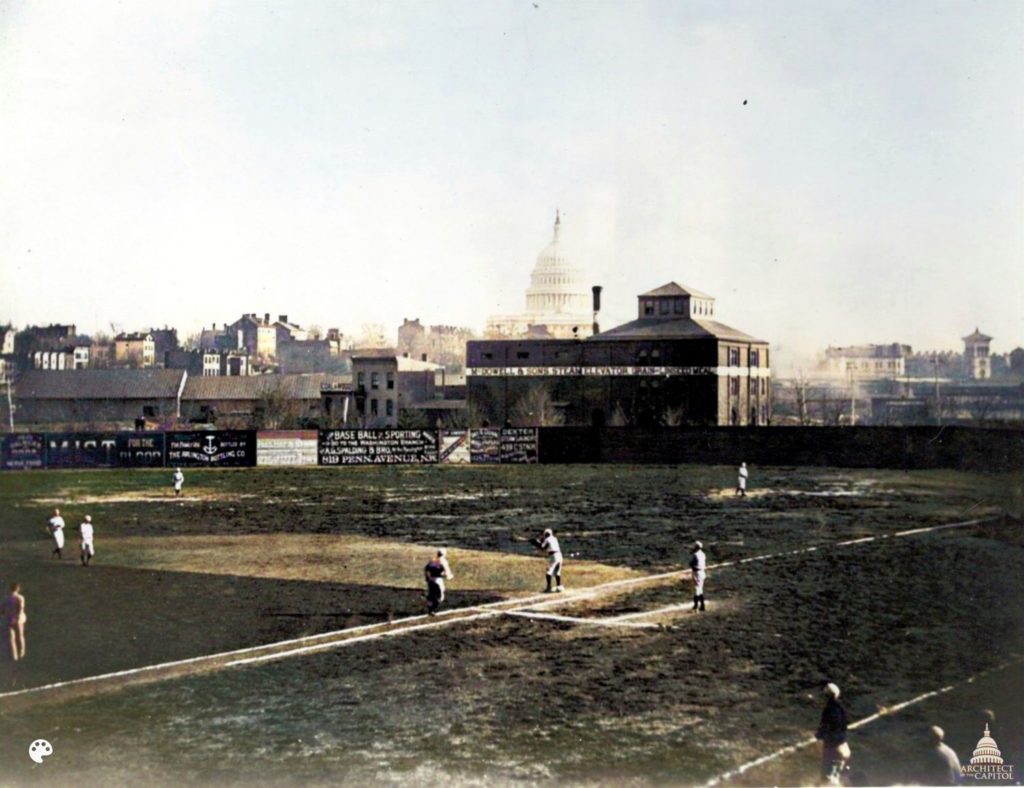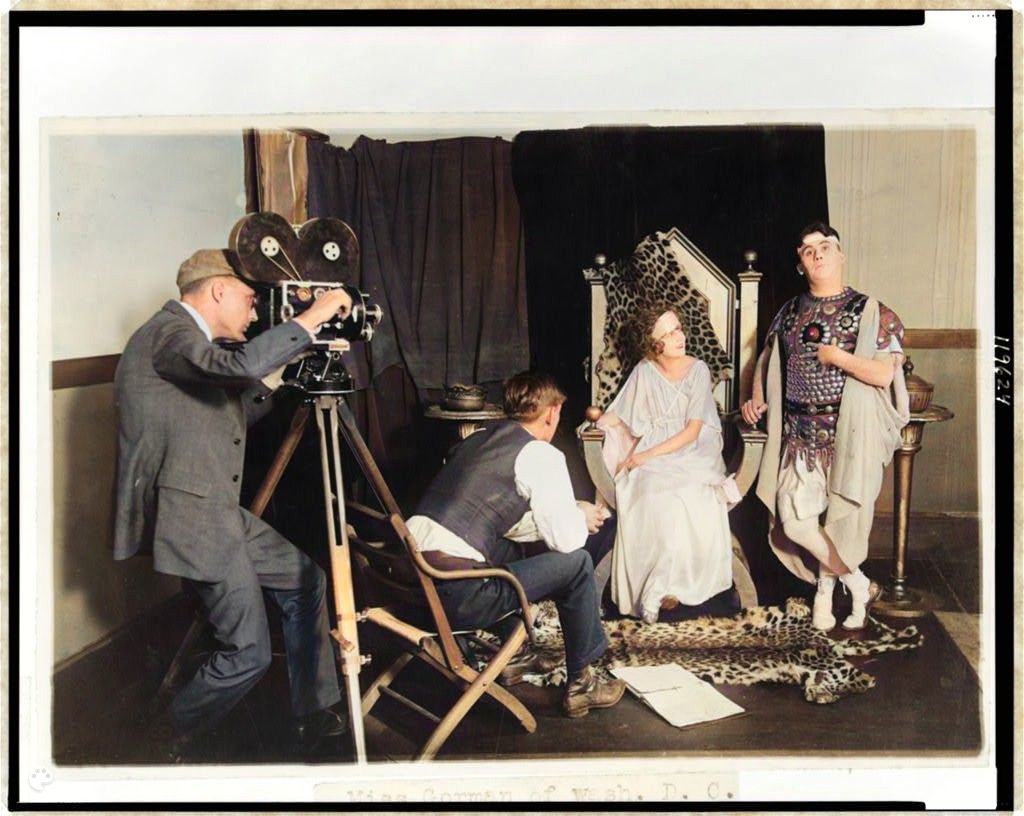


Sports & Leisure
- Posted by : Tom Hendrick, October 27, 2021
A Bicycle Built for Two was a popular love song composed in 1892 – in the happier and more carefree days once known as the “Gay-90’s.” It was a peaceful time – before the automobile – when the bicycle beat out the horse as the best way to get around. The bicycle became part of a grassroots recreation movement, with people using leisure time to get out of the city and into the country. In the 1880s, High-wheel bicycles had been new and popular. Even though they were heavy, made of iron and wood, and dangerously hard to ride. now know how the bicycle emancipated women, but it wasn’t exactly a smooth ride. The following list of 41 don’ts for female cyclists was published in 1895 in the newspaper New York World by an author of unknown gender. Equal parts amusing and appalling, the list is the best (or worst, depending on you look at it) thing since the Victorian map of woman’s heart. Don’t be a fright. Don’t faint on the road. Don’t wear a man’s cap. Don’t wear tight garters. Don’t forget your toolbag Don’t attempt a “century.” Don’t coast. It is dangerous. Don’t boast of your long rides. Don’t criticize people’s “legs.” Don’t wear loud hued leggings. Don’t cultivate a “bicycle face.” Don’t refuse assistance up a hill. Don’t wear clothes that don’t fit. Don’t neglect a “light’s out” cry. Don’t wear jewelry while on a tour. Don’t race. Leave that to the scorchers. Don’t wear laced boots. They are tiresome. Don’t imagine everybody is looking at you. Don’t go to church in your bicycle costume. Don’t wear a garden party hat with bloomers. Don’t contest the right of way with cable cars. Don’t chew gum. Exercise your jaws in private. Don’t wear white kid gloves. Silk is the thing. Don’t ask, “What do you think of my bloomers?” Don’t use bicycle slang. Leave that to the boys. Don’t go out after dark without a male escort. Don’t go without a needle, thread and thimble. Don’t try to have every article of your attire “match.” Don’t let your golden hair be hanging down your back. Don’t allow dear little Fido to accompany you Don’t scratch a match on the seat of your bloomers. Don’t discuss bloomers with every man you know. Don’t appear in public until you have learned to ride well. Don’t overdo things. Let cycling be a recreation, not a labor. Don’t ignore the laws of the road because you are a woman. Don’t try to ride in your brother’s clothes “to see how it feels.” Don’t scream if you meet a cow. If she sees you first, she will run. Don’t cultivate everything that is up to date because yon ride a wheel. Don’t emulate your brother’s attitude if he rides parallel with the ground. Don’t undertake a long ride if you are not confident of performing it easily. Don’t appear to be up on “records” and “record smashing.” That is sporty.
- Posted by : Tom Hendrick, September 07, 2021
Theaters of the 19th Century Theater design and technology changed as well around the mid-19th century. Candlelit stages were replaced with gaslight and limelight. Limelight consisted of a block of lime heated to incandescence by means of an oxyhydrogen flame torch. The light could then be focused with mirrors and produced a quite powerful light. Theater interiors began improving in the 1850s, with ornate decoration and stall seating replacing the pit. In 1869, Laura Keen opened the remodeled Chestnut Street Theater in Philadelphia, and newspaper accounts describe the comfortable seats, convenient boxes, lovely decorations and hangings, excellent visibility, good ventilation, and baskets of flowers and hanging plants. Theater crowds in the first half of the 19th century had gained a reputation as unruly, loud and uncouth. The improvements made to theaters in the last half of the 19th century encouraged middle- and upper class patrons to attend plays, and crowds became quieter, more genteel, and less prone to cause disruptions of the performance. Fanny Brown in costume with American flag Well into the mid-19th century, American theaters continued to be strongly influenced by London theater. Many actors and actresses of this period were born and got their professional start in England. Plays performed tended to follow the English classical tradition, with Shakespeare's plays and other standard English plays remaining popular. However, American-born playwrights and actors began to have an influence, and contemporary plays began to be performed regularly as well. Prior to the 1850s, a theater bill might include five or six hours of various entertainments, such as farces, a mainpiece, an afterpiece, musical entertainment, and ballet. Music was an important component of early American theater, and plays were often adapted to included musical numbers. In the 1850s, the number of entertainments on a theater bill began to be reduced, first to two or three and, later, to one main feature only. Acting styles in the early 19th century were prone to exaggerated movement, gestures, grandiose effects, spectacular drama, physical comedy and gags and outlandish costumes. However, from the mid-19th century, a more naturalistic acting style came into vogue, and actors were expected to present a more coherent expression of character. Subject matter of new plays was more often drawn from contemporary social life, such as marriage and domestic issues and issues of social class and social problems. Another favorite form in 19th-century theater was the burlesque (also called travesty). The plays of Shakespeare, especially those in the regular repertory of the legitimate theaters, were a favorite target. Many actors were known primarily for their comedic and burlesque acting talents. Structure of Theater Companies Joseph Jefferson, III, in the role of Rip Van Winkle Plays and Other Entertainments in the 19th Century Theater No one person invented cinema. However, in 1891 the Edison Company successfully demonstrated a prototype of the Kinetoscope, which enabled one person at a time to view moving pictures. By 1894 the Kinetoscope was a commercial success, with public parlors established around the world. The first to present projected moving pictures to a paying audience were the Lumière brothers in December 1895 in Paris, France. The earliest films were in black and white, under a minute long, without recorded sound and consisted of a single shot from a steady camera.
- Posted by : Tom Hendrick, September 07, 2021
As Washington prepared for the civil war in 1859, some Washingtonians were making other plans. A group of mostly government clerks founded the Washington Base Ball Club and named it the Washington Nationals. Through tournaments, public relations efforts, newspaper coverage, and a "grand tour o the west," the Nationals gave the public something to feel positive about during the 1860s and helped make baseball an important part of American identity. In 1859, DC was a city on the verge of civil war, and the 1860 presidential election dominated the political stage and the nation's newspapers. However, the election and sectional tensions were not the only topics covered, and, in 1859, reporters were increasingly covering New York'sbaseball games and noting the creation of new teams. It was against this backdrop that a group of mostly federal government employees decided to follow their counterparts up north and form an organized baseball team--the Washington Nationals. A careful review of the activities of the Nationals during the key decade of the 1860s clearly illustrates that they were significant to the development of the national pastime.
- Posted by : Tom Hendrick, November 29, 1921
Margaret Gorman was a junior at Western High School in Washington, D.C. when her photo was entered into a popularity contest at the Washington Herald. She was chosen as “Miss District of Columbia” in 1921 at age 16 on account of her athletic ability, past accomplishments, and outgoing personality. As a result of that victory, she was invited to join the Second Annual Atlantic City Pageant held on September 8, 1921, as an honored guest. There she was invited to join a new event: the “Inter-City Beauty” Contest. She won the titles “Inter-City Beauty, Amateur” and “The Most Beautiful Bathing Girl in America” after competing in the Bather’s Revue. She won the grand prize, the Golden Mermaid trophy. She was expected to defend her positions the next year, but someone else[who?] had attained the title of “Miss Washington, D.C.,” so she was instead crowned as “Miss America.” She is the only Miss America to receive her crown at the end of the year. Gorman was the lightest Miss America at 108 pounds until 1949, when Jacque Mercer of Phoenix, Arizona, weighed in at 106 and won the title. Gorman later said: “I never cared to be Miss America. It wasn’t my idea. I am so bored by it all. I really want to forget the whole thing.” She still owned the sea green chiffon and sequined dress that she wore in the 1922 competition.





